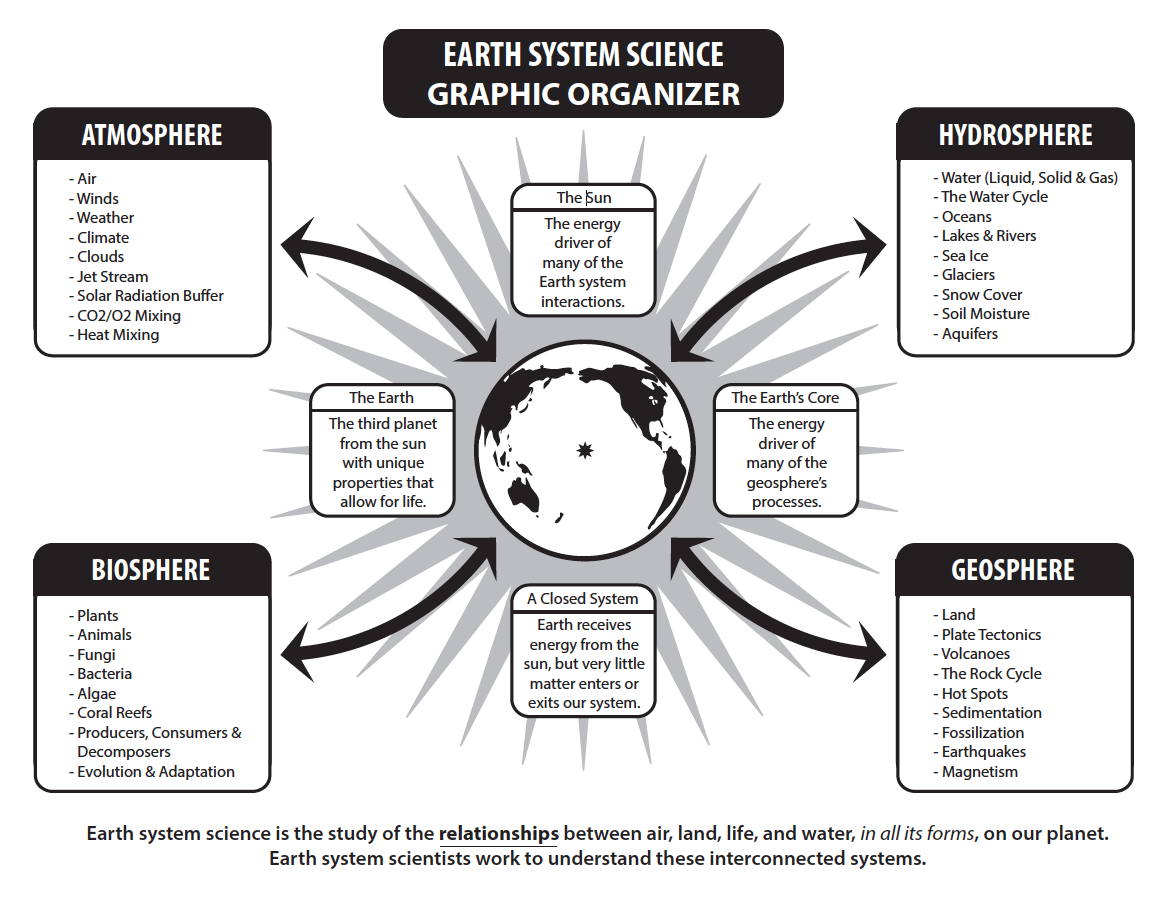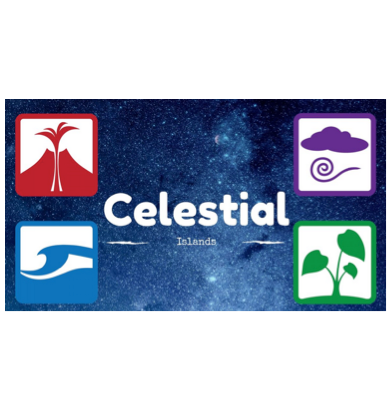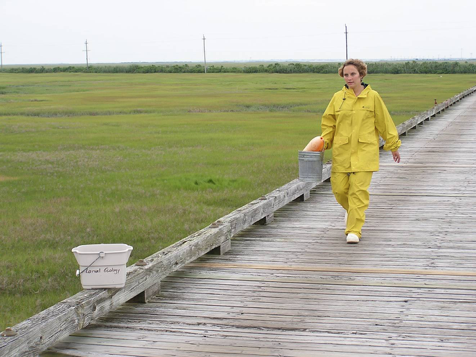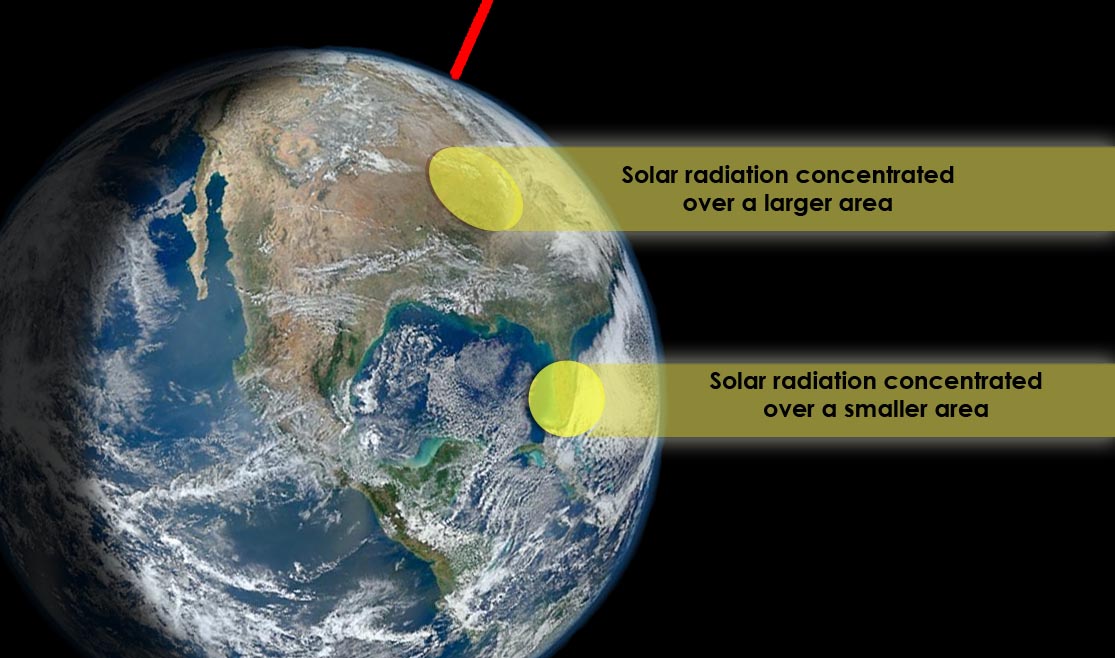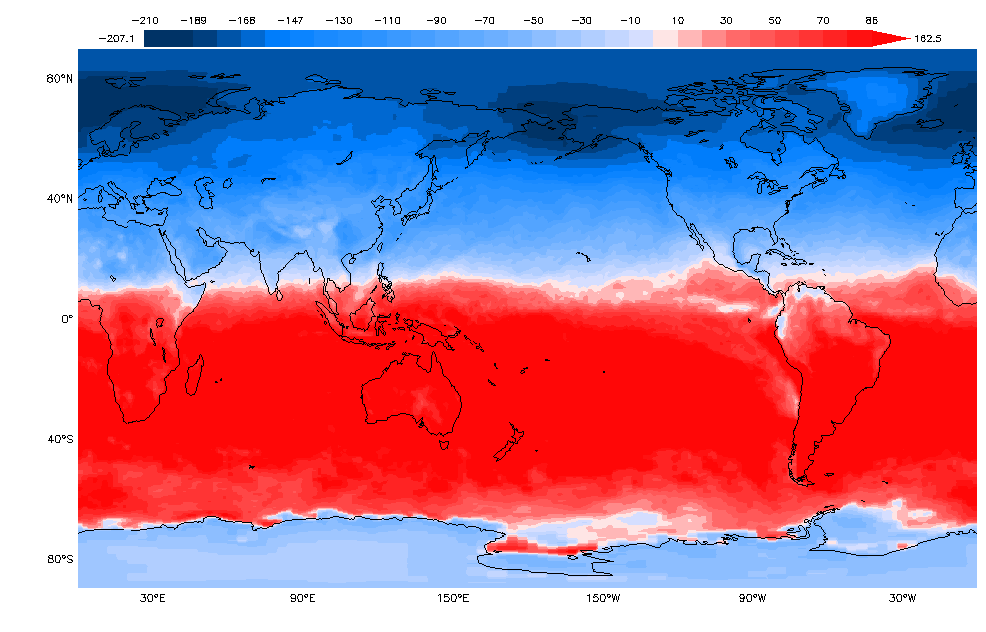This lesson introduces the Earth system science spheres through model making and discussion.
List of all Earth as a System Lesson Plans




Through guided inquiry, students will identify interactions of the four major scientific spheres on Earth: biosphere, atmosphere, hydrosphere and geosphere. They will then identify how these systems are represented and interact in their classroom aquarium.
To help students articulate and integrate their existing knowledge about the air, water, soil, and living things by viewing them as interacting parts of a system
Students discuss their current understanding of what Earth systems are and how they work and consider how to identify the boundaries of a region for Earth system study.
This activity introduces students to aspects of the atmosphere, biosphere, hydrosphere, and litho/geosphere and how they are interrelated. It is designed to promote an interest in authentic investigations of Earth using images acquired by astronauts as the hook.
The activities in this guide will help students understand variations in environmental parameters by examining connections among different phenomena measured on local, regional and global scales.
Students will practice the process of making claims, collecting evidence to support claims, and applying scientific reasoning to connect evidence to claims.
Students will analyze surface temperature and solar radiation data to construct explanations about the relationship of seasons and temperature to the amount of solar energy received on Earth’s surface.
Examine (daytime) surface temperature and solar radiation received at locations found near similar latitudes using NASA Data.
Students move through a series of short activities to explore and evaluate global solar radiation data from NASA satellites. In this process, students make qualitative and quantitative observations about seasonal variations in net energy input to the Earth System.






